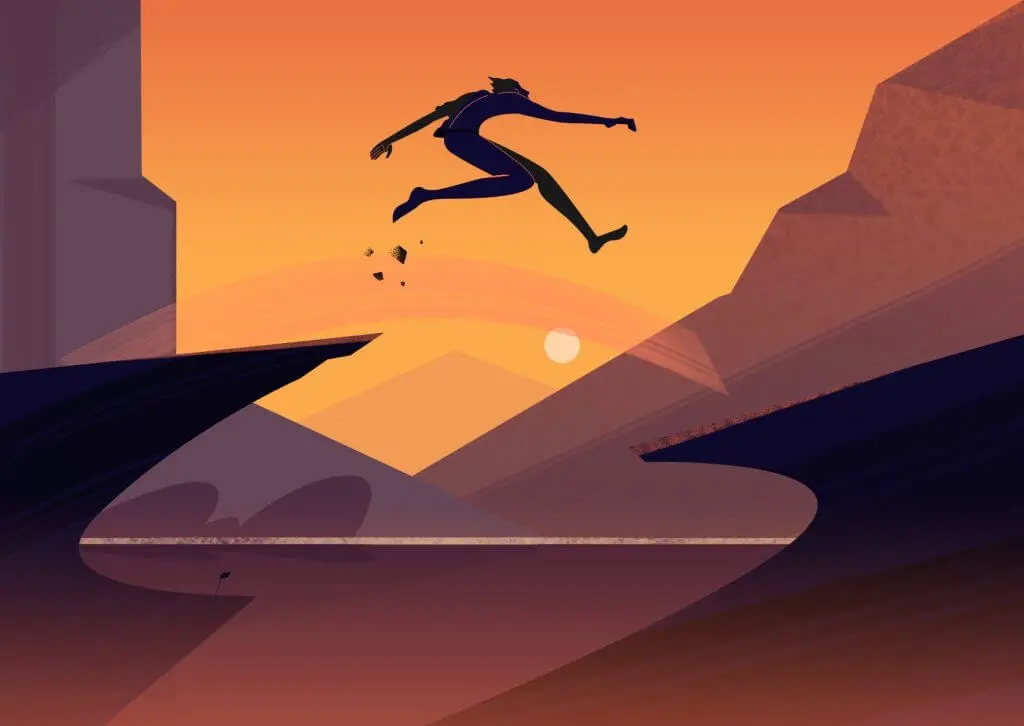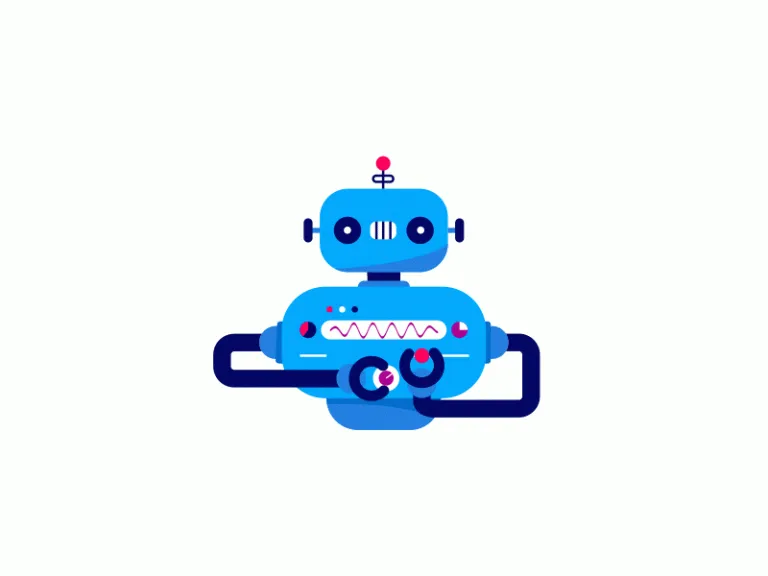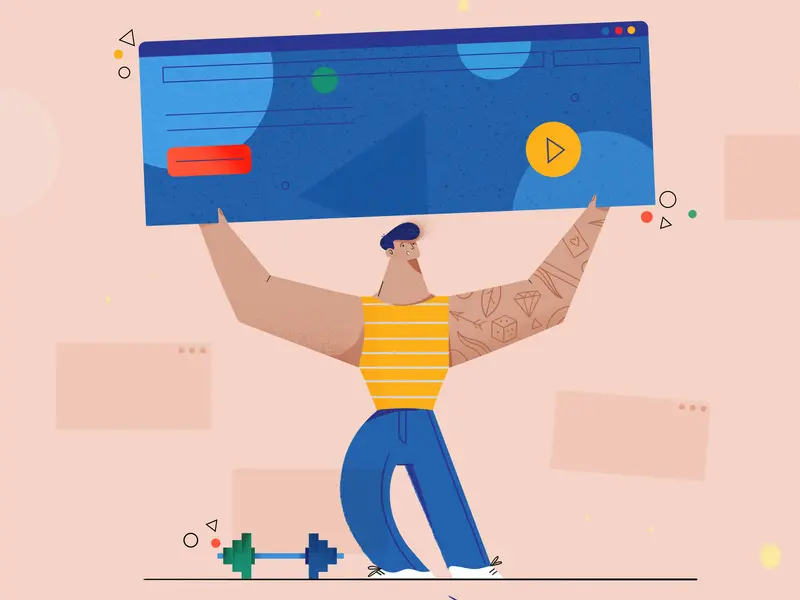Animation Styles: Different Types of Animation
How many types of animation do you know? The first two coming to mind are 2D and 3D. But did you know that there is cut-out or typography animation? They all are used in explainer video creation. Moreover, there are even more types. We’re going to tell you about them in this article.

Animation is one of the most popular tools for making videos for businesses. The animation market is growing fast: in 2018, it was worth $259 billion, and in 2020 it increased to $270 billion. Companies start to create videos with different animation styles more frequently than ever before: 68% of businesses shared more video content in 2020 than in 2019.
If you have never used animation for video production, this article will become your guide to the most popular types of animation that can change your video marketing strategy.
What is Animation?
Animation techniques used in videos are usually associated with cartoons. Indeed, these are animated drawn images that are put into a narration. Animation helps to create an engaging story and use any setting you may need. Castles with dragons, outer space, prehistoric world: animation makes any idea possible.
Currently, businesses prefer to use different animation styles for videos, as each of them helps create a certain effect. There are animation types that focus the user’s attention on the text and types of animation that help make a user a part of the narration.
Animation helps to create a better emotional connection with the audience. Moreover, it helps to evoke the emotions you need.
10 Types of Animation Styles
If you are planning to create videos for your business, you need to understand different types of animation. Each of them is suitable for different situations, and you are to know when to use them to reach the best effect.
3D Animation
When we recall types of animation styles, 3D animation is the first that comes to mind. 3D animation has certain peculiarities: the images are three-dimensional. Therefore they look realistic. Previously, organizations mainly used 3D animation for professional movies and cartoons, but now it is also used for creating any type of video.
Comparing to other forms of animation, 3D is the most complicated one:
- first, you need to create a model of the object. It’s important to add different textures to make the image more realistic
- next, the object is moved to the layout and animation stage, where the movements for each particular scene are created
- the third stage is rendering, where we bring the object into life and can see how exactly it will look in our video
2D Animation
2D Animation is less complicated than 3D, as the images are created in two-dimensional space. With 2D animation, it is possible to create characters, assets, backgrounds, and everything you may need for a good video.
Among different types of animation styles, 2D animation is known as one of the least complicated and the most affordable.
To create a video with 2D Animation, you can use various tools with templates or hire an artist to create unique images for your video.
Stop Motion Animation
Stop motion animation is now probably the most popular technique for videos. Wallace and Gromit are the most known for their stop-animation type animation examples. They made this technique world-famous.
Currently, stop motion animation is used to create videos for social media and explainer videos for businesses. Stop motion animation videos are regularly listed as the best ones for inspiration.
This type of animation is not the easiest to create, but it always looks impressive for users.
Cut-out Animation
Cut-out animation reminds you of stop-motion one, but it has some differences. To create a cut-out video, you will need flat objects made from natural materials.
In stop motion, we use puppets or 3D objects. Cut-out animation looks like 2D videos.
Both stop motion and cut-out types of computer animation require using additional props to create a video. It won’t be enough to use the software only. Therefore, you can hardly create such types of animation without experienced artists.
Typography Animation
Typography proves that in an explainer video, there is a place for different forms of animation. In this case, we are working with text animation.
Any text that appears on the screen can be animated. For example, you can animate headings or some numbers: it all depends on your focus.
One can implement typography animation in any other type of animation: 2D, 3D, stop motion, and others.
Mechanical Animation
Mechanical animation is actually one of the 3D types of video animation. With its help, you can create realistic 3D mechanical objects, for example, electric engines.
It helps to demonstrate how mechanics are working, and it is frequently used for explainer videos in the automotive industry.
Whiteboard Animation
Among different types of animation techniques, whiteboard animation remains to be one of the most popular ones. Many companies use it for explainer videos full of important details like numbers, facts, and evidence.
As a rule, whiteboard animation is created with hand-drawn images or doodles. Voiceover is needed for these videos to explain the information that appears on the screen.
Clay Animation
Stop motion has different animation art styles, and clay animation is one of them. The video is created with deforming objects between frames. It creates the effect of a moving picture.
Clay Animation represents the classic school of animation. Currently, this is one of the experimental techniques used to attract the attention of users.
Rotoscope Animation
Finding a new approach to creating an explainer video is perhaps one of the most challenging tasks for all artists. They try to use various techniques, even those that have never been used before, just like rotoscope animation.
In this animation type, the narration is created by tracing over footage frame by frame. Creating such a video takes time, but as a result, you get extremely realistic movements. Rotoscope animation is mainly used for characters.
360 Animation
360 animation is one of the latest techniques as it presupposes the usage of virtual reality and augmented reality.
These videos are perhaps the most realistic: you can put a user in the narration and make them a part of your video story.
We believe that 360 animations will become the main trend in the next few years.
Our Expertise in Animation
Creating animation for a video is a complicated process, even if you choose the least complicated techniques. You will need a well-written script, storyboard for artists, and great management skills to complete all tasks. And of course, we haven’t mentioned the team: it’s impossible to create a video if you have no graphic, motion designers, and 2D or 3D artists.
But you have us! Explain Ninja is here to create you the best explainer video with any type of animation you want. We work with 2D, 3D animation, as well as logo animation and frame-by-frame animation.
We help to create explainer videos for different industries, including:
- fintech
- insurance
- banking
- HR & recruiting
- corporate videos
- education videos
- real estate
- healthcare
We help our clients to reach better conversions, increase sales, and get loyal clients with the help of videos.
Make it happen!
Whatever your idea is, Explain Ninja will help you to make it real. Our cooperation will start with discussing the idea and defining the key message of the video. Next, we will create a script and move to the most interesting part – the animation itself.
Scene by scene, we’ll develop a narration that your users will love. We will polish the video with a professional voiceover – we work with voice actors to make your video sound great.
Feel free to contact us if you want to create a video that will boost your conversion rate!


